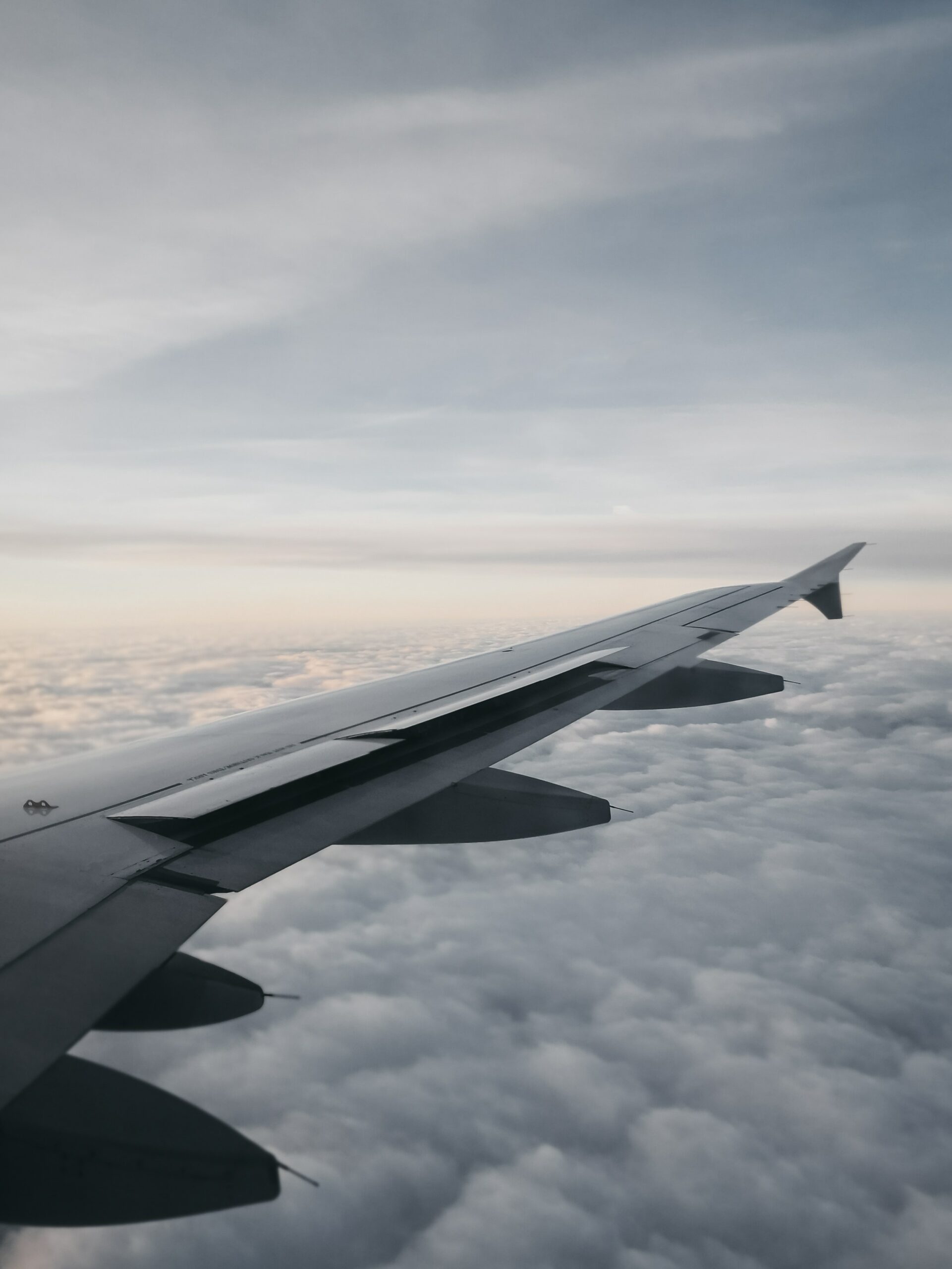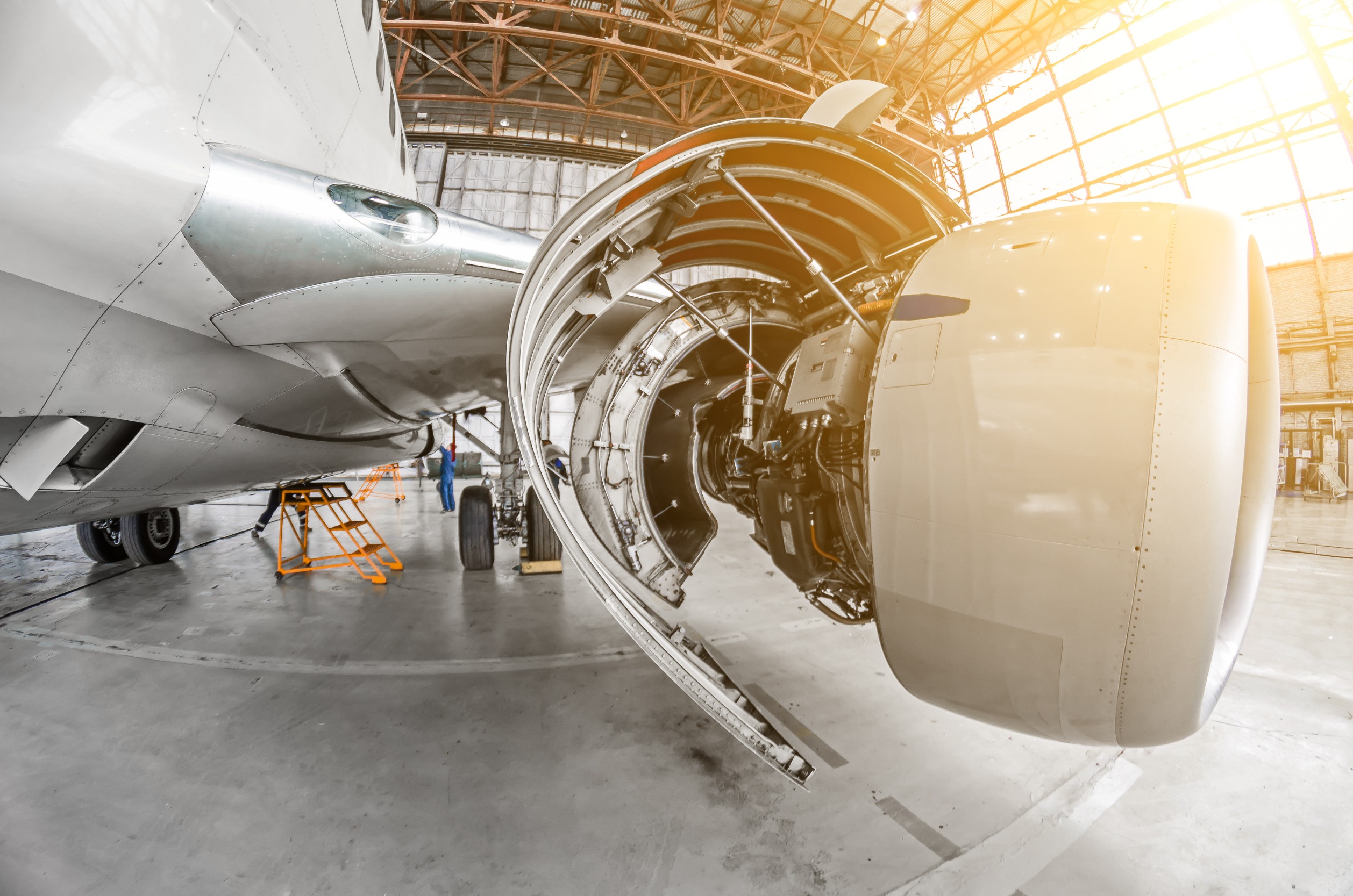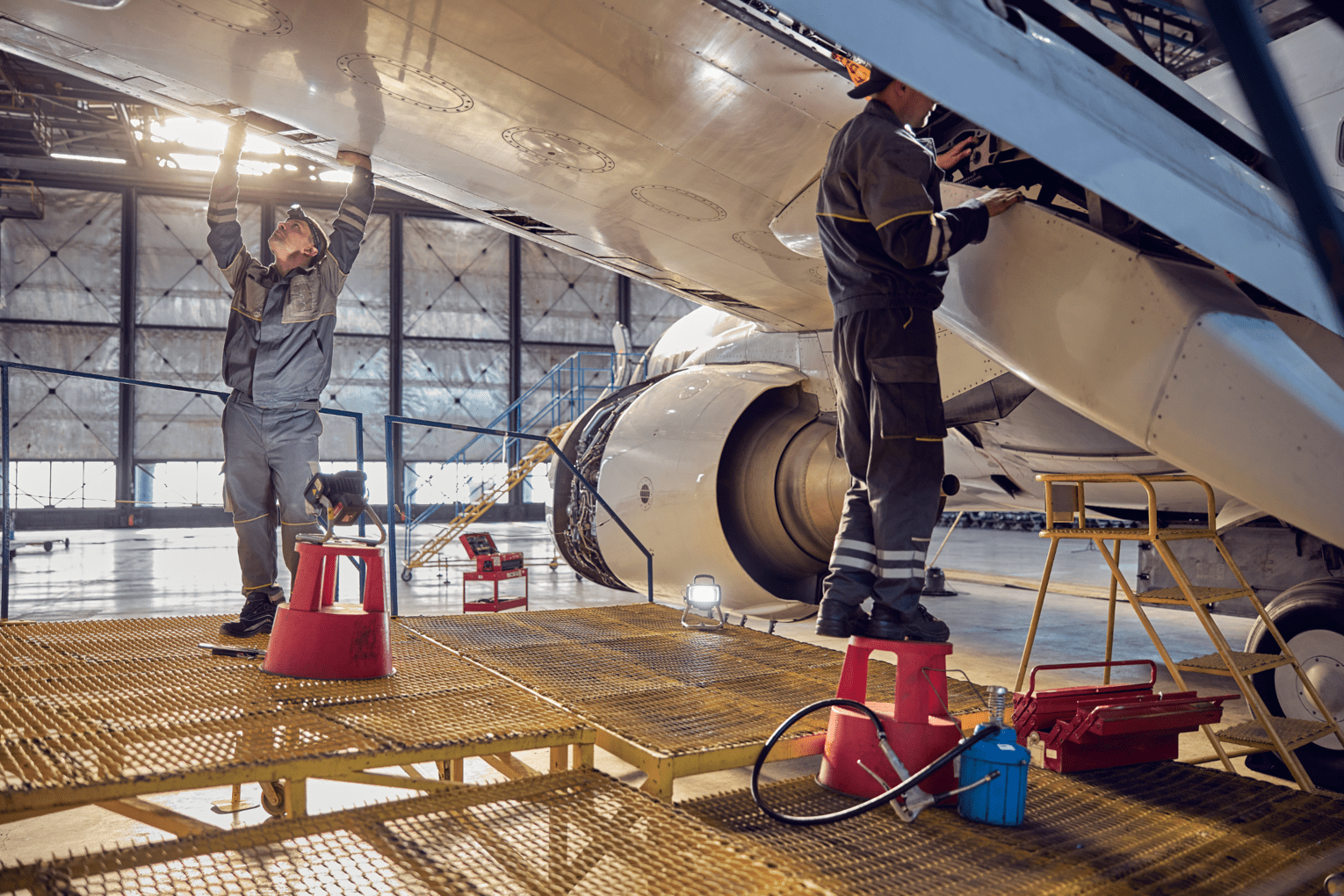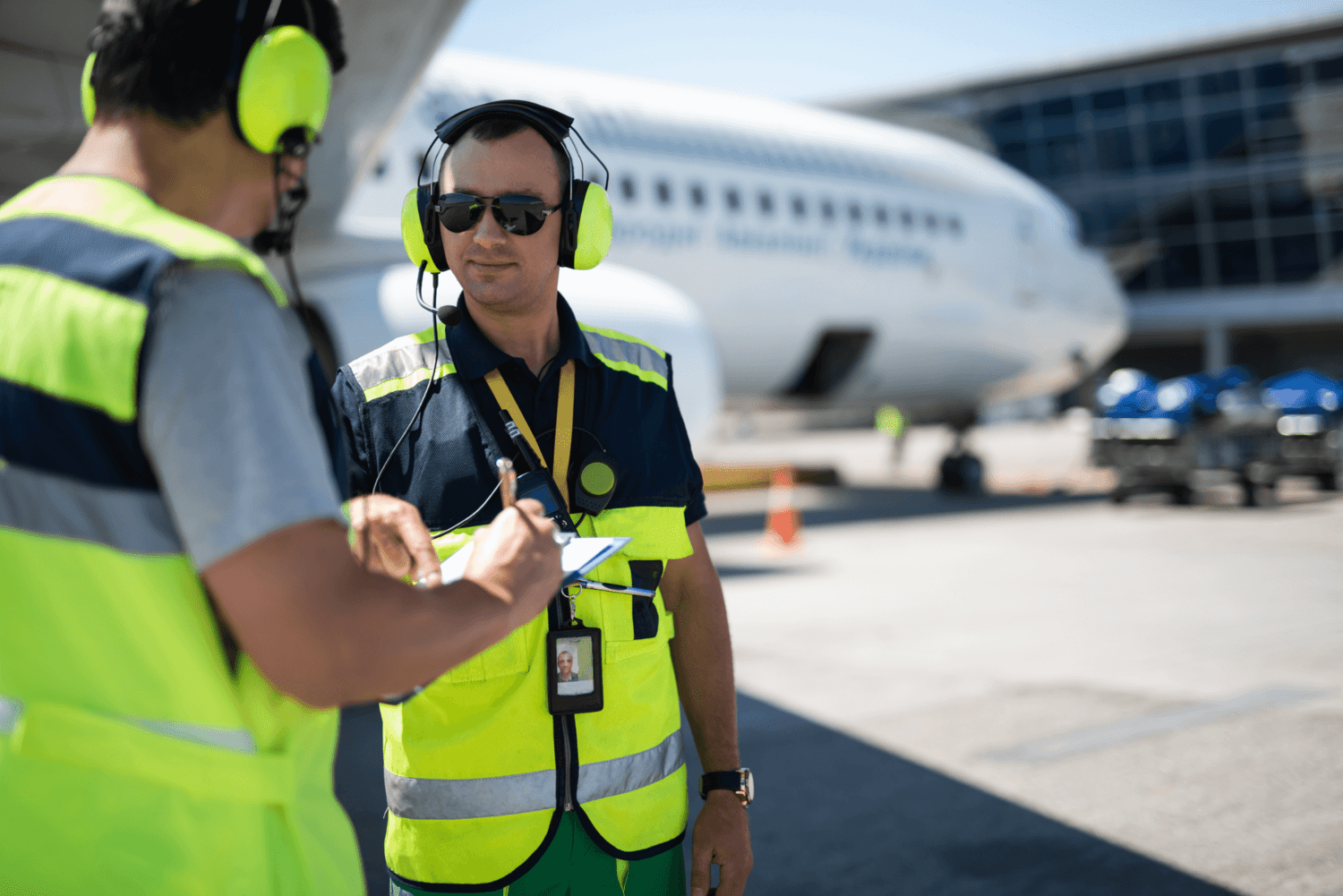
Release date : 2021-01-21
Aerodynamics: Aircraft Flaps
“A flap is a high-lift device used to reduce the stalling speed of an aircraft wing at a given weight. Flaps are usually mounted on the wing trailing edges of a fixed-wing aircraft. Flaps are used to reduce the take-off distance and the landing distance. Flaps also cause an increase in drag so they are retracted when not needed.” And that is according to the Wikipedia, but flaps serve several purposes for flying and can affect the plane in multiple ways. They change the camber of the wing, so when you bring them down they increase lift because they’re changing the camber they also decrease stall speed and therefore it becomes harder to stall the plane. Although they increase lift, drag is also increased when coming in to land, descent angle is increased without increasing airspeed as flaps are brought up, lift and drag are decreased back to normal.
It is not unusual for planes to have multiple types of flaps built into them. For instance, some light twins have inboard split flaps connected to outboard plain flaps. Frequently it is a combination of slotted and Fowler flaps.
Plain Flaps
Plain flaps look very much like inboard ailerons. They are flight control surfaces made up of the trailing section of the wing’s airfoil. When they are deployed, a small section of the back of the wing deflects downward.
Split Flaps
When a split flap goes down, the top of the wing above it remains the same. Instead of the entire trailing edge of the wing moving, only the bottom section of the wing goes down.
Slotted Flaps
Slotted flaps move away from the main wing slightly, and they are lift-producing airfoils themselves. That means that air can flow over the top of them and below them, so they can add quite a bit of lift compared to other types of flaps.
Fowler Flaps
A Fowler flap is very similar to the slotted, with an aerodynamic flow created over the flap and the wing. But what separates the Fowler from any other sort of flap is that they not only travel down but aft as well. This means that when Fowler flaps are extended, the plane’s wing area increases to make more lift. Fowler flaps are very common on airliners and planes with substantial speed differences between cruise and terminal operations.


